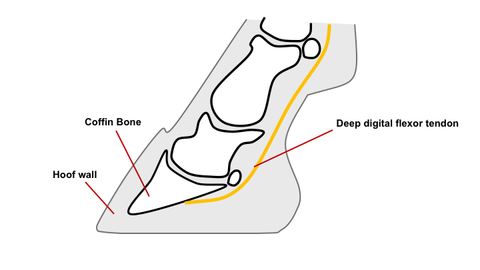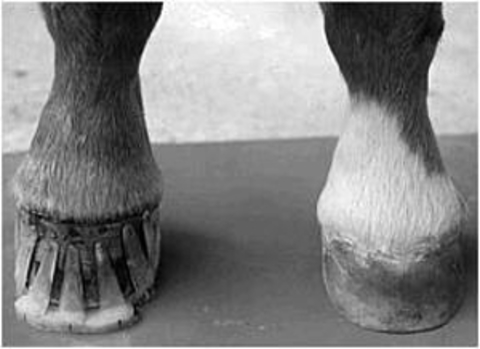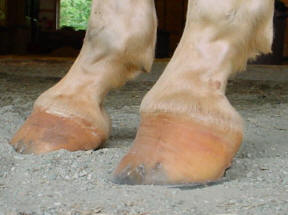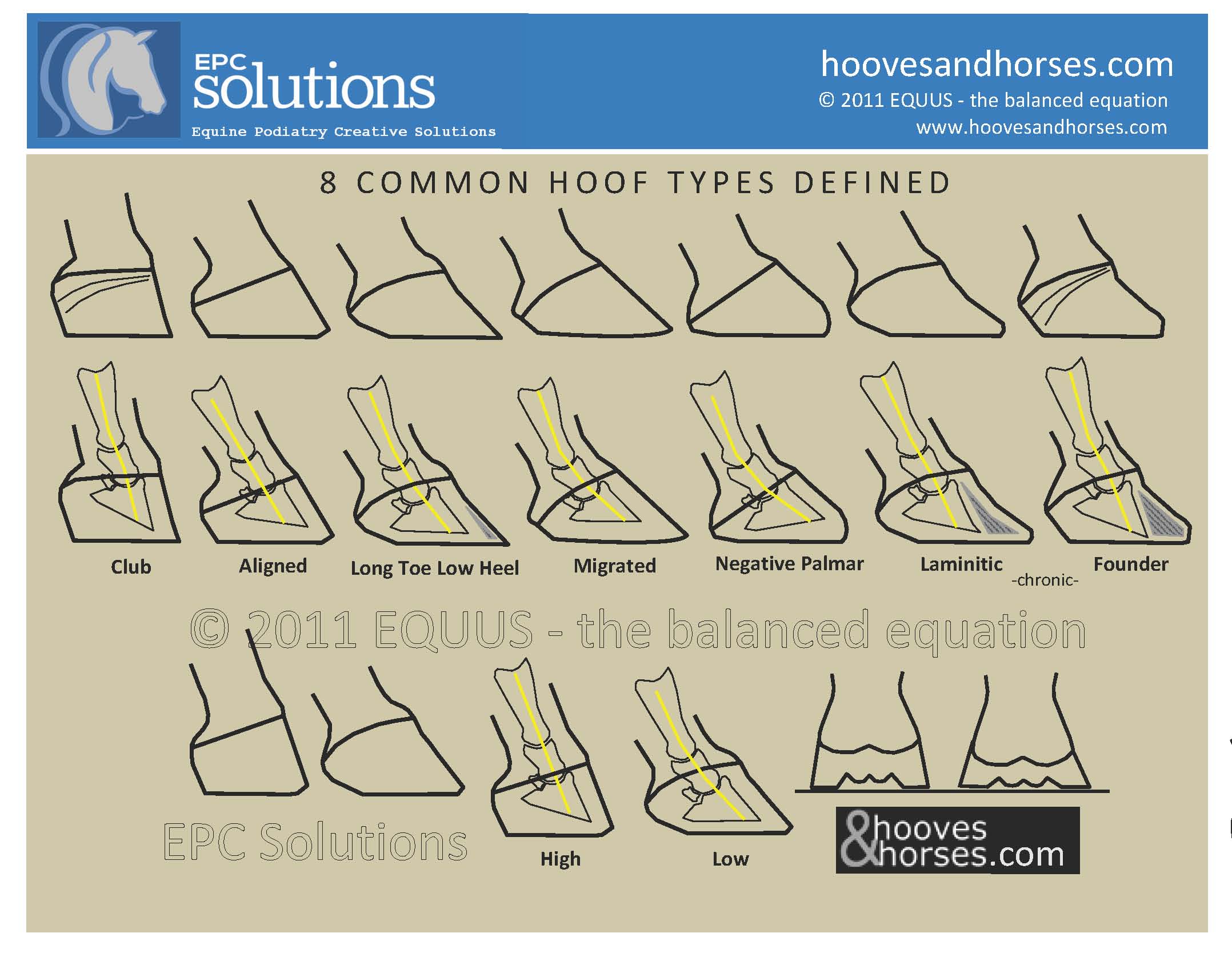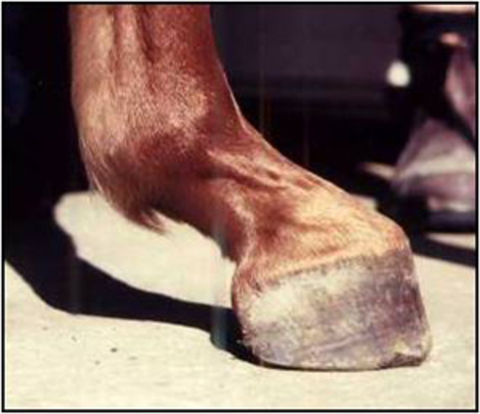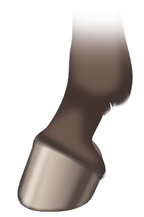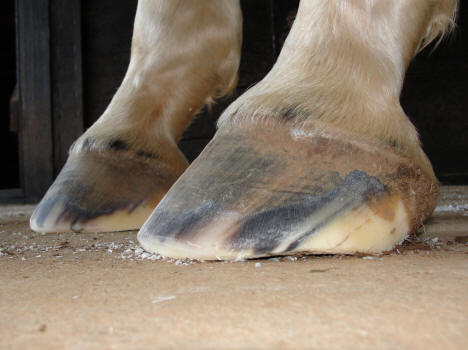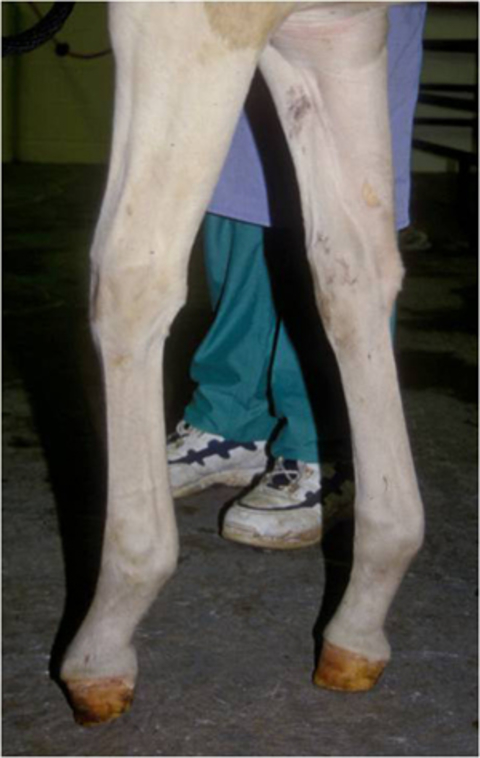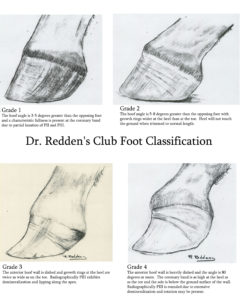club foot horse problems
Thrush How to spot it. Club Foot Conformation in Horses.
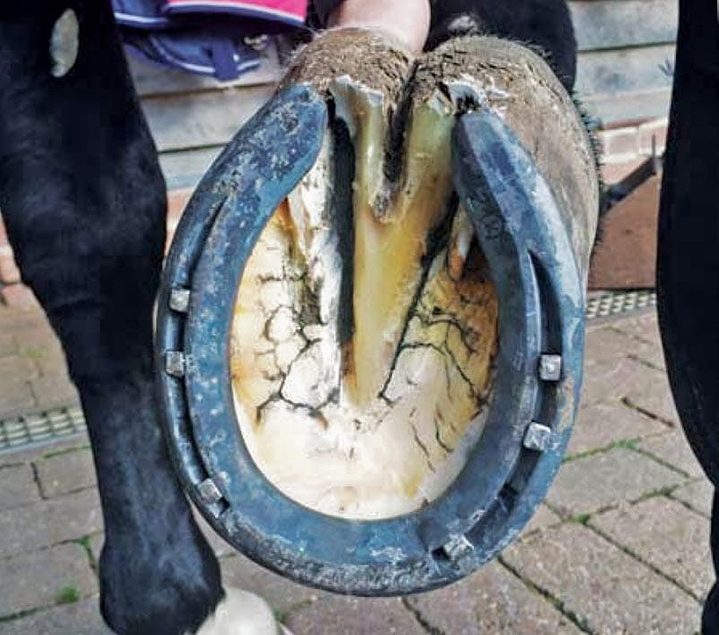
Defining And Fixing A Horse S Club Foot
Several theories address the potential causes ranging from a genetic predisposition to hoof or body injury to.

. Endurance riders know the importance of a sound horse that leaves no question mark. Often club foot affects both front legs with one being more severe than the other. Club foot is not so much a hoof deformity as a limb deformity caused by the abnormal contraction of the deep digital flexor tendon DDFT and its associated muscles.
After birth foals acquire club feet when the bones grow faster than the tendons. The primary one is genetics. Get the pawfect insurance plan for your pup.
This causes the trot to be somewhat uneven. The angle and bal-ance of the foot should be determined and the foot should be inspected for under-run or separated wall or sole. It has even been said that horses which have a leaning posture or are in fact one-.
Evaluation of the foot should be per-formed at rest and in motion. Gray and SmartPaker Dan turn to. Over time the hoof wall becomes dished and the foal has greater difficulty touching his heel to the ground.
Radiographs may show chronic changes to the coffin bone from excessive concussion and excessive pull from the deep flexor tendon. The hoof horn may grow faster at the heel than at the toe accentuating the problem. Foaling trauma foal grazing stance overly fast growth of limbs injury or even something as benign as over zealous cosmetic trimming of the toes of a foals hooves.
Vet bills can sneak up on you. Characteristics of a club foot are a prominent or bulging coronary band a very upright hoof wall angle a heel that doesnt touch the ground a dish in the hoof wall at the toe growth rings wider at the heel than the toe and other abnormal hoof growth. The owner of a Quarter Horse foal with an early club foot asks for information on farrierhoof trimming strategies and the possibility of surgery.
The problem with club foot is. There are several causes of club foot. The good news is that the majority of horses with a club foot can be shod with modified but regular shoes or kept barefoot with the help of an experienced farrier.
Club foot can occur before or after birth in foals. We have a colt that was born April 19 2009. The clubbed hoofed leg will also not extend as far forward as the normal leg.
Its natural in that the horse is creating the club foot because he needs it to be so. Club foot often affects the forelimbs in most cases whereby the hoof has a deformed shape making walking difficult or painful. The DDFT attaches to the coffin bone at the bottom of its run down the back of the horses leg and any condition that affects the DDFT can have an impact on the coffin bone itself.
When trotting horses with one club hoof inevitably the sound of the hooves hitting the ground will differ from left to right. Club foot can develop in mature horses too for similar reasonsany injury or chronic pain that causes a horse to consistently favor one foot can lead to contracting and shortening of the muscles and tendons specifically the deep digital flexor tendon and muscle apparatus in that leg eventually pulling the foot into a more upright position. Club feet are surprisingly common with up to 60 of the domestic horse population exhibiting at least minor characteristics.
Caused by abnormal contraction of the deep digital flexor tendon a club foot puts pressure on the coffin joint and initiates a change in a hoofs biomechanics. If not corrected early the horse will retain a. A mild club foot may worsen if trimmed infrequently or improperly and by the time the horse is 2 or 3 years old the problem becomes more obvious.
If a horse has a clubbed foot then the foals that mare or stud produces will have one as well. A diet rich in calories and sugar can cause problems as well. Therefore the term club foot in horses does not apply in these cases.
Causes of club foot Club foot has several possible causes. The club foot due to the limb adapting to being slightly shorter either in reality or from of loss of flexibility. Club foot is defined as a flexural deformity of the coffin joint and is a common problem in young growing horses.
Horses affected with club foot develop a flexural deformity of the coffin joint due to a shortening of the musculotendinous unit that starts high up in the limb and inserts on the coffin bone in the foot resulting in an upright conformation of the foot. The severity duration and the etiology of the club-foot as well as the degree and source of lameness if present. Unless there is a bony deformity of the foot that is causing the bone to be misshapen these cases are caused by soft tissue contraction from limited range.
This type of club foot is usually one-sided. A foals bones growing too fast for the tendons can cause immense pain. The horse may develop an uneven stride and rough gait and some loss of agility due to the mismatched hoof angles.
There is increased sole bruising and other problems of abnormal weight bearing in horses with club foot. From 568 quotes ranging from 2000 - 5000. Sensitivity to hoof testers or response to.
Club foot refers to a tendon flaw that causes the hoof to be very upright. Club Foot Average Cost. What Causes Club Foot.
Some common horse hoof problems and hoof diseases can happen to the healthiest hooves so its important to know what to watch out for and what to do in case a problem arises. In most cases of adult club foot it is not possible to simply shorten the heel to create a normal conformation. The result of this will often be increased musculature on the club side.
Thrush is a common infection of the frog of the hoof and is usually most evident in the sulci grooves on either side of the frog and in the central section. The heels react by reaching for the ground and becoming more upright. Saddle fit poor riding and old injuries can lead to this type of club foot and trimming to correct this hoof without fixing the original problem will not get anywhere.
Telltale signs of a club foot may include an excessively steep hoof angle a distended coronary band growth rings that are wider at the heels.

Flexural Deformities In Horses Musculoskeletal System Merck Veterinary Manual
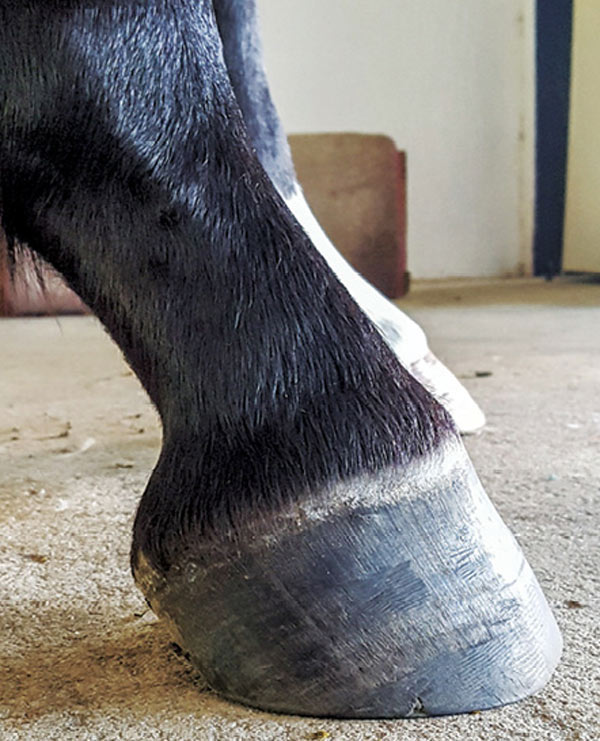
Club Foot Or Upright Foot It S All About The Angles
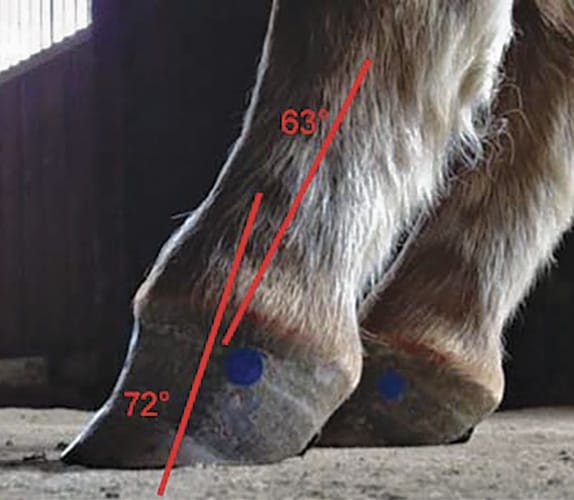
Defining And Fixing A Horse S Club Foot

Managing The Club Foot Club Foot Horse Care Horse Lead
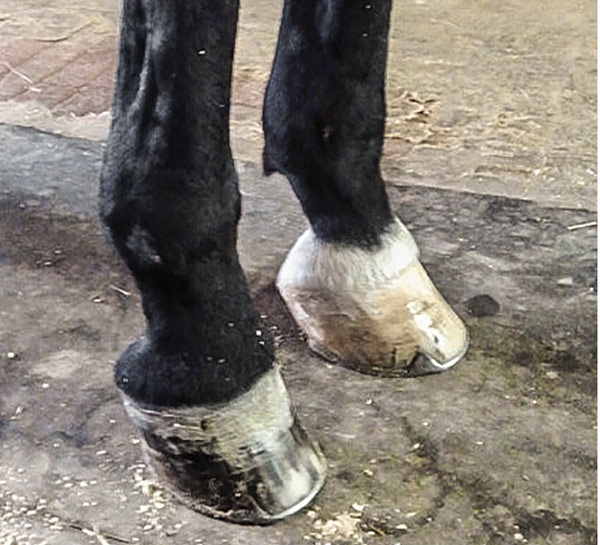
What Advice Has Been Most Helpful When You First Encounter A Club Foot
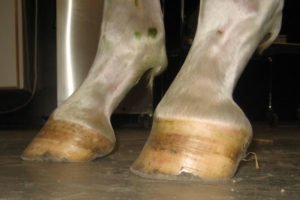
Horse Hoof Irregularities Club Foot Integrity Horse Feed
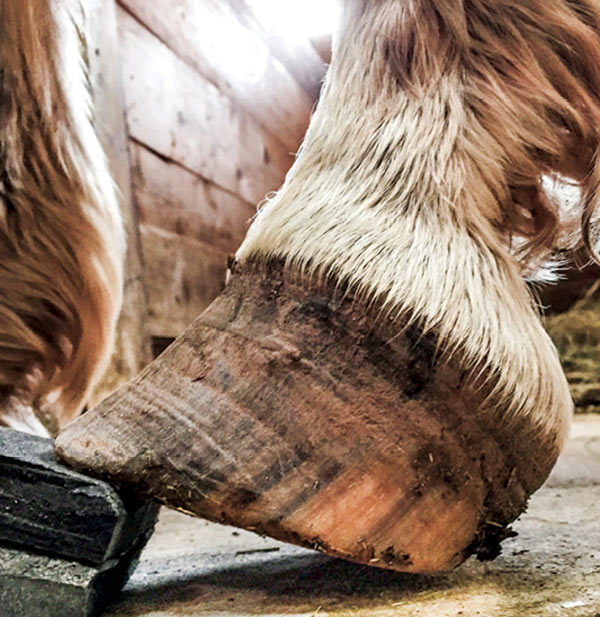
Club Foot Or Upright Foot It S All About The Angles
